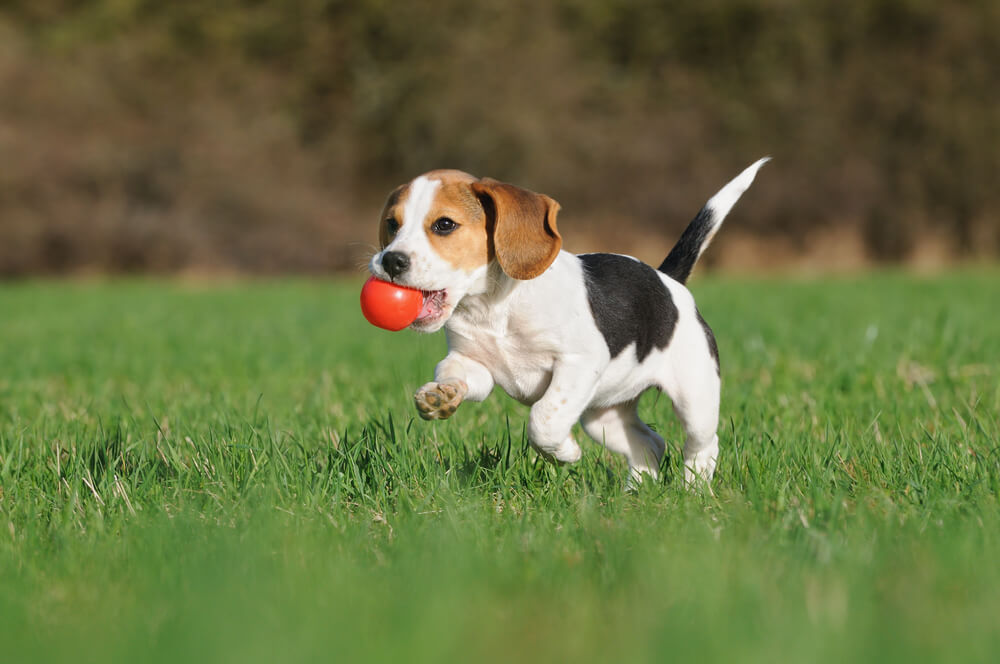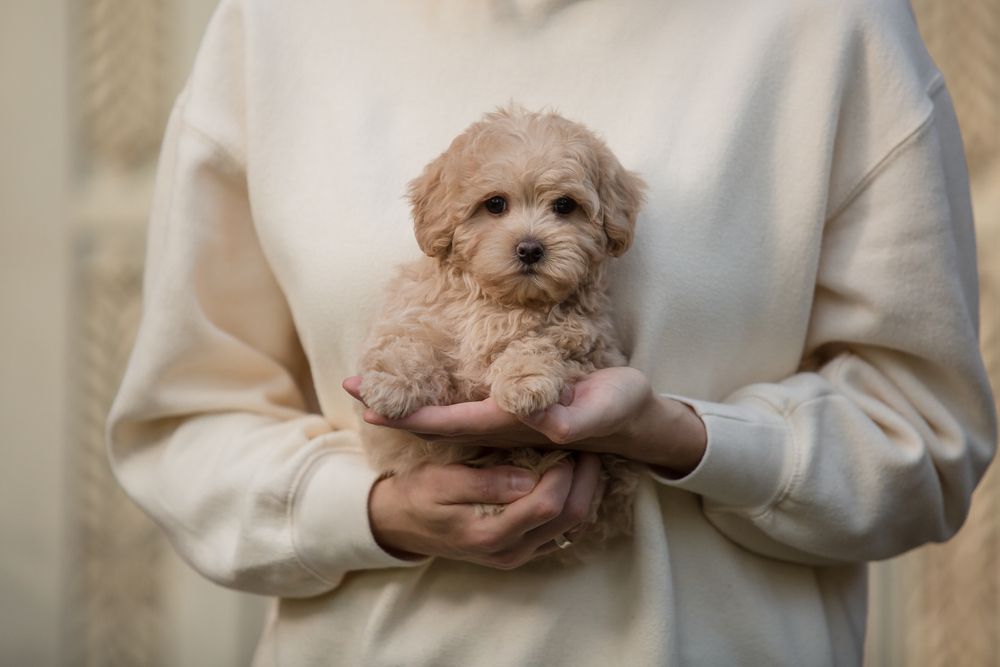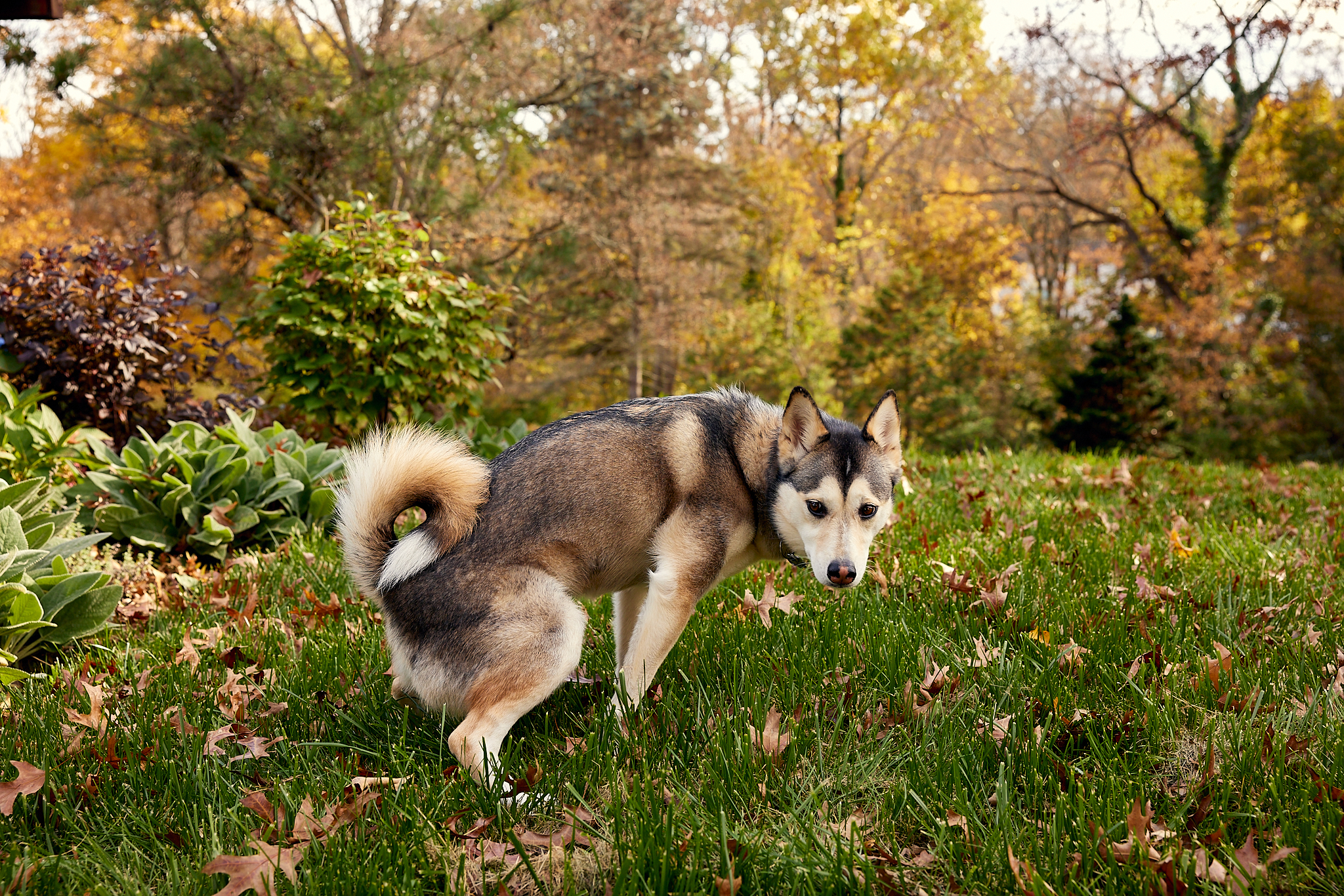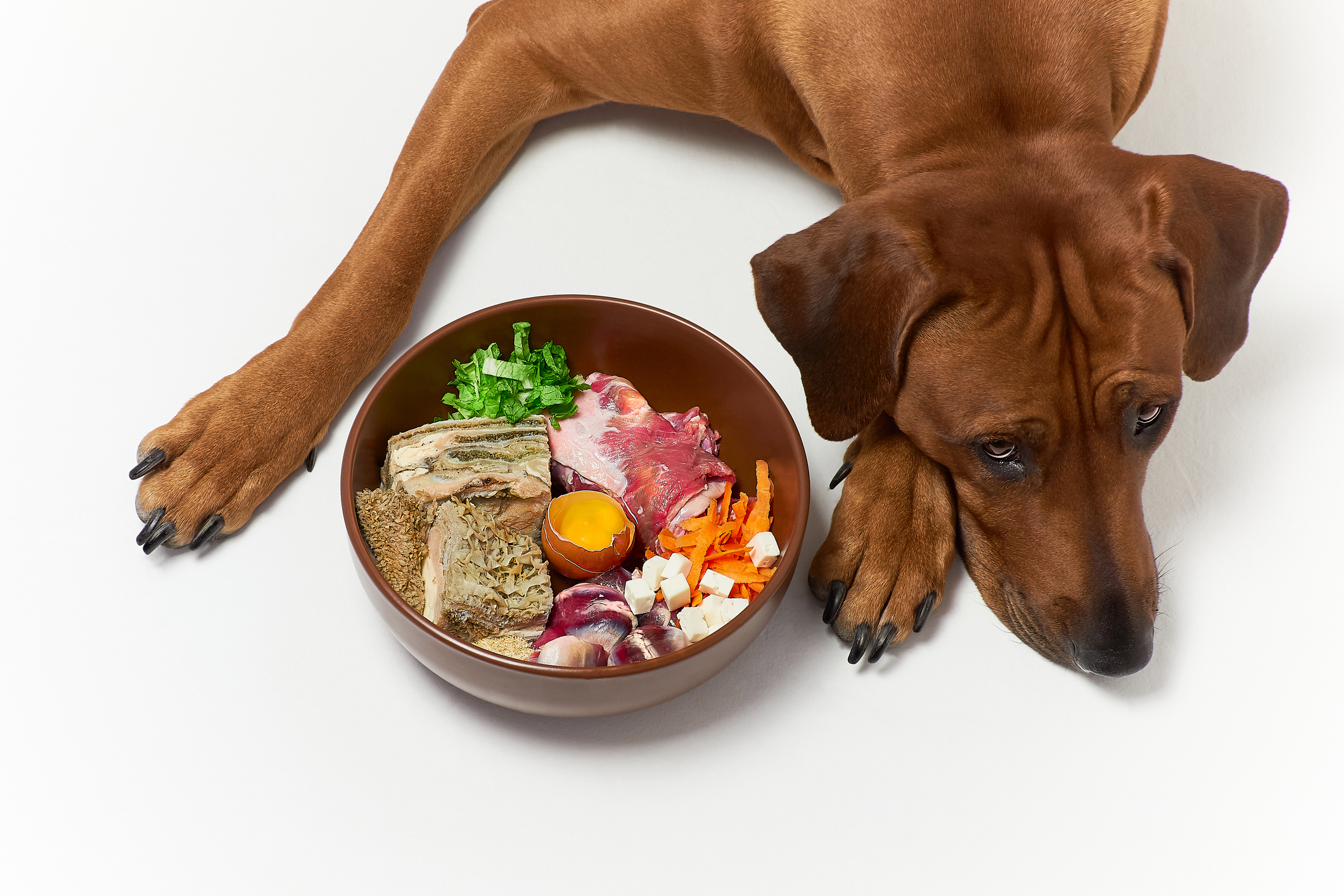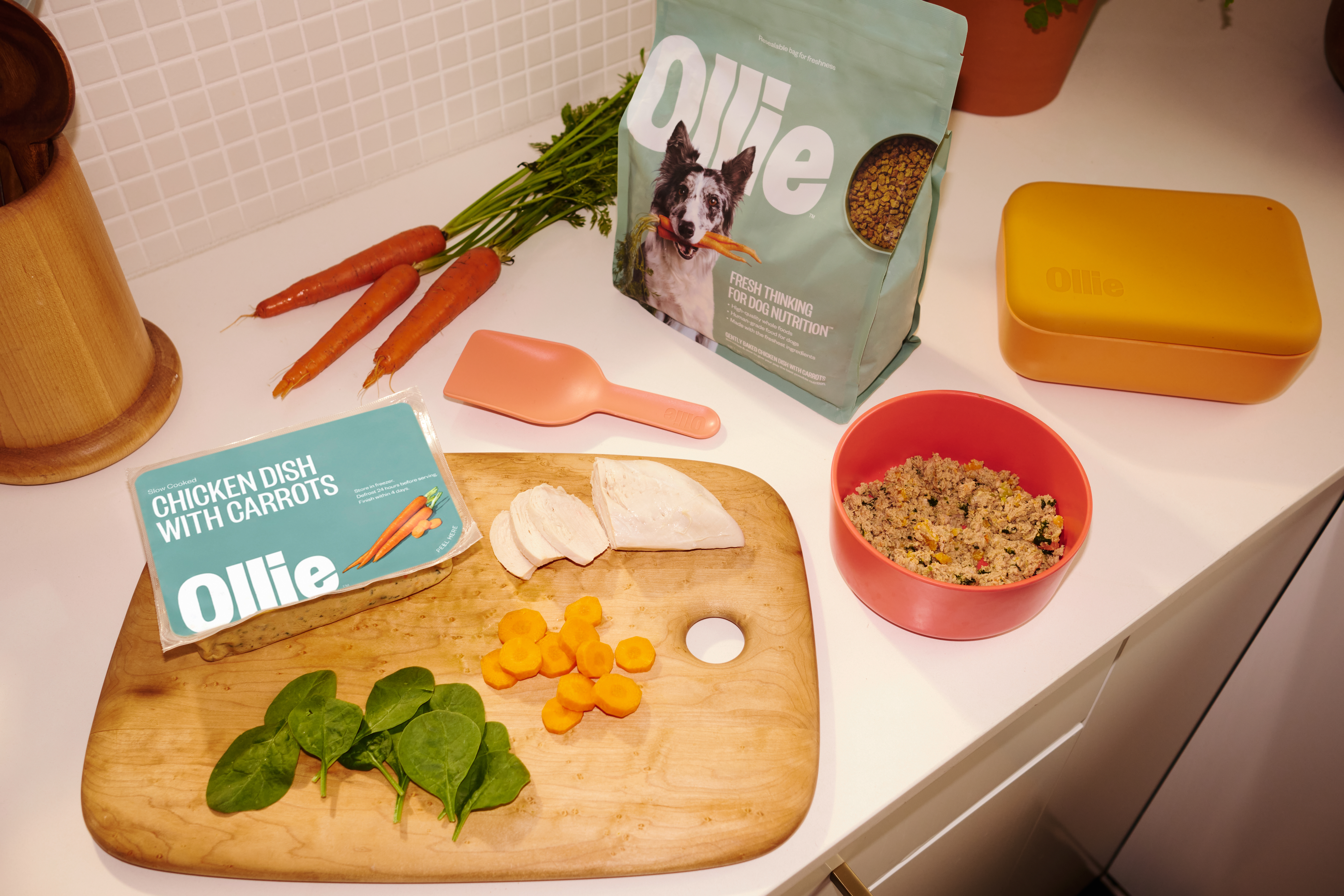Hey Ollie blog readers! We’re offering you an exclusive 60% OFF your starter box! Try now!
Olive oil is a staple in most household kitchens. You may use it to dip bread, sauteed chicken or drizzle over a salad or pasta dish. In addition to being delicious, it has many health benefits including being touted as a heart-healthy oil. It is a staple of the “Mediterranian Diet” which is often regarded as one of the world’s healthiest diets. But did you know that adding olive oil to your dog’s diet can be good for them too? We’ll discuss some health benefits and how you can add olive oil to your dog’s diet.
Five reasons to add olive oil to your dog’s diet
Studies have shown that olive and other oils, including sunflower and safflower, can help reduce inflammation in dogs and ease the itching associated with allergies, says Dr. Christopher Reeder, a board-certified dermatologist at BluePearl Veterinary Partners, Tennessee.
Other benefits of giving olive oil to your dog might include:
-
- Prevents cardiovascular disease and diabetestrongBecause it contains monounsaturated fats, olive oil prevents and lessens the effects of cardiovascular disease and diabetes. If heart disease or diabetes is a concern for your dog, consult your vet about how to use olive oil to reduce their risk.
- Helps manage your dog’s weightThe monounsaturated fat in olive oil can help dogs who are overweight shed some unwanted pounds. The addition of olive oil may also help your dog feel full longer because of the (good) fat.
- Good for skin and coatOlive oil can and moisture to your dog’s skin and coat. These benefits are both from using topically and orally. Note that it is not recommended to use olive oil topically as it can stain or your dog might just lick it off!
- Boosts immune systemThe high level of antioxidants — including polyphenols, vitamin E, chlorophyll and carotenoids helps boost your dog’s immune system and make them less likely to be impacted by common illnesses.
- Protects jointsOlive oil is good for helping keep joints healthy and moving pain-free! If you have a senior dog or one who is very athletic, olive oil might be a great choice to keep them in their activities or sports as long as possible!
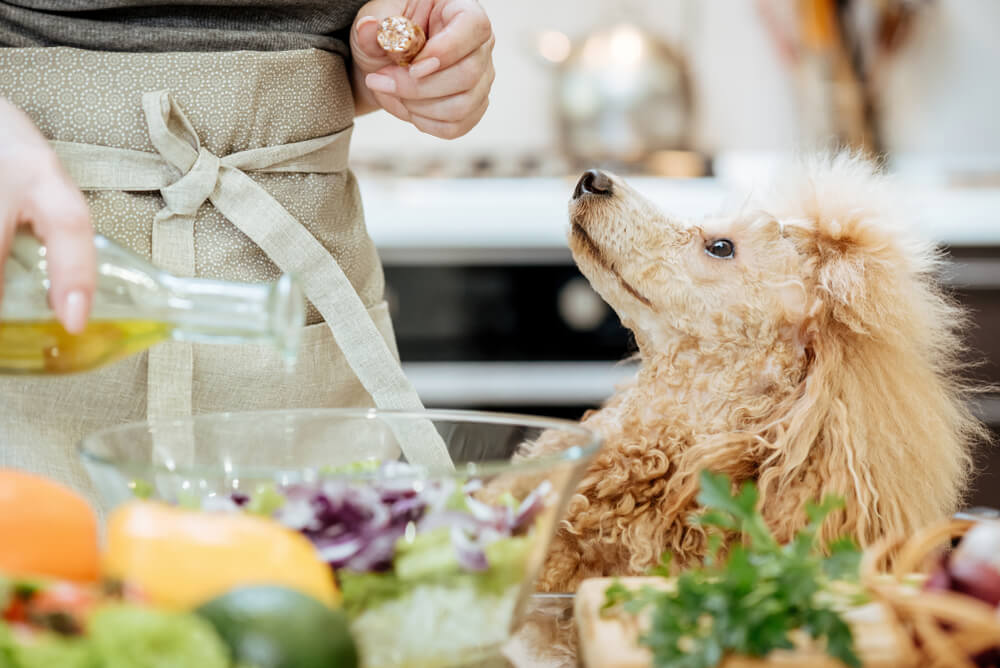
How to choose the right type and amount of olive oil for your dog
If you decide to give your dog olive oil, most veterinarians recommend using extra virgin olive oil. Extra virgin olive oil is made from the first pressing of the olive. It has a lower acid content which some people think results in a fresher taste. Note that extra virgin olive oil can go rancid faster than other types of oil. Light can make this process happen faster which is why it is usually sold in dark-colored bottles. Additionally, make sure you store extra virgin olive oil away from heat sources and in a cool, dark place.
The recommended dose of olive oil for dogs is no more than one teaspoon of olive oil per 20 pounds of body weight per meal. It can be mixed in with your pup’s regular fresh or dried dog food.
While the easiest way to give your dog olive oil is by mixing it with your dog’s food, you may want to try something more exciting. This recipe for “Frozen Meat Treats” may just be the thing you’re looking for!
Frozen Meat Treats Recipe
from the American Kennel Club
Ingredients
• 2 cups grilled chicken
Make sure chicken is skinless and boneless.
• ¾ plain low-fat or fat-free yogurt
Note: Do not use yogurt with xylitol, and do not use at all if your dog is lactose intolerant.
• 1 carrot
• 3 tablespoons extra virgin olive oil
Directions
-
-
- Stir all the ingredients together
- Freeze in ice cube trays
- For small dogs, you can pour the mixture into a piping bag and pipe little droplets onto a parchment-lined baking sheet before freezing
- This delicious mixture can also be stuffed into a bone or a Kong toy for hours of fun. Be warned that if your dog is a messy eater you may want to offer this treat in the kitchen or somewhere you don’t have to worry about stains (so maybe not the white couch!).
-
Risks to consider before sharing olive oil with your dog
While olive oil allergies are extremely rare there are some things you’ll want to consider before offering it to your pet. Like any new food or supplement, you will want to start slowly when offering olive oil to your dog. It is a good idea to only introduce one new food or dietary supplement at a time.
The risk factors for olive oil for your dog include:
-
-
-
-
- Weight gain
-
-
-
Olive oil is high in fat and calories. Feeding too much without considering this can lead to weight gain. Make sure that you’re reducing calories elsewhere in your dog’s diet to accommodate for the additional calories you’re offering in the form of olive oil.
-
-
-
-
- Vomiting
-
-
-
The fat in the oil can irritate your dog’s stomach and cause vomiting. Therefore, when introducing olive oil to your dog’s diet you should start slowly and work your way up to the optimal serving size for your dog.
-
-
-
-
- Diarrhea
-
-
-
Like vomiting, adding too much olive oil too quickly can cause diarrhea or loose stools. Again, start slowly and work up to the optimal serving for your pet. If you do see some loose stool, don’t panic. Allow your dog’s stomach to settle and you should be just fine to reintroduce olive oil slowly. Should you see diarrhea every time you offer olive oil – work with your vet to determine whether or not you should continue to offer it to your dog.
If you have questions about whether it is a good idea to give your dog olive oil or if you’re not sure how to start; contact your veterinarian to discuss your specific situation.
The Ollie blog is devoted to helping pet parents lead healthier lives with their pups. If you want to learn more about our fresh, human-grade food, check out MyOllie.com.
Tagged As:
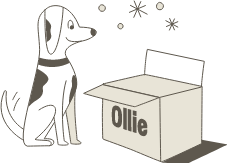
The nutrition your dog needs,
the food they want.

Enjoying our articles? Subscribe our Newsletters and get new articles directly to your inbox
You might also like
3 July 2025
5 MINS READ
How Fresh Food Can Help Your Dog Have Perfect Poops
As a pup parent, you’re likely very familiar with your dog’s bathroom habits. While it may not be the most glamorous part of taking care of your pup, a dog’s stool can be one of the most dir…
by Ollie Pets
3 July 2025
5 MINS READ
Understanding the Risks of Raw Dog Food
When it comes to choosing the right diet for your dog, understanding the full picture is crucial for making an informed decision. In this article, we’ll dig deeper into what defines a raw diet, …
by Ollie Pets
3 July 2025
4 MINS READ
Understanding a Balanced Diet for Your Dog
As a dedicated pet parent, you want to provide the best for your dog, and that starts with their food bowl. We all understand the basics of a balanced diet for ourselves, but what does that look l…
by Ollie Pets

